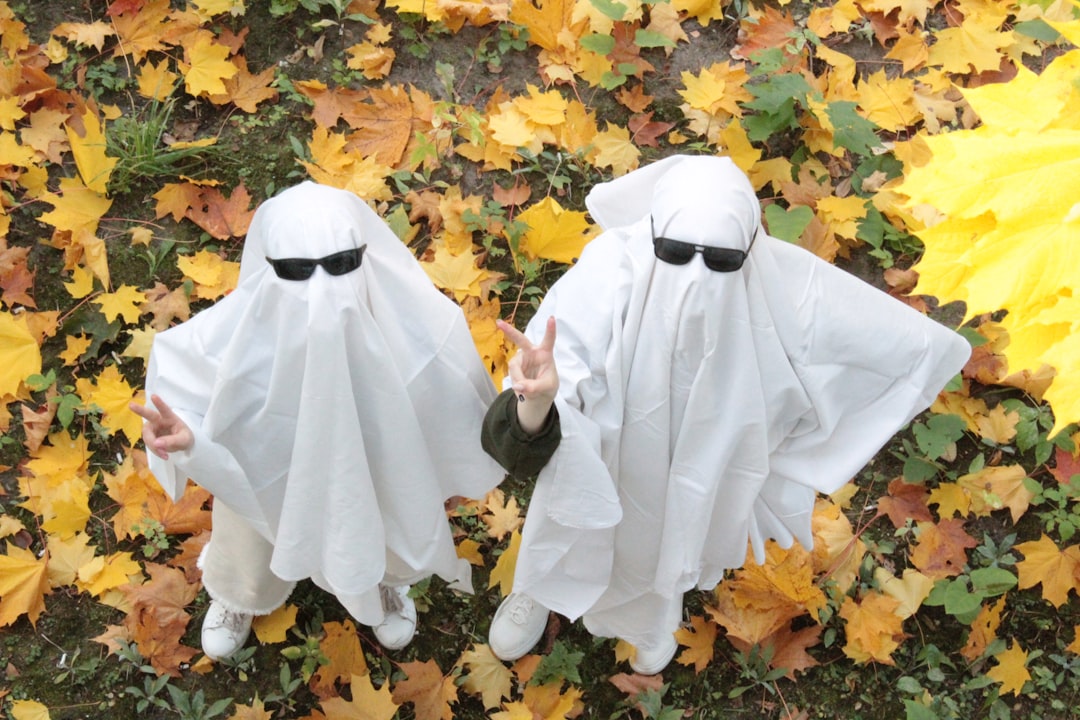Summary: A viral TikTok video shows a Tesla seemingly detecting “ghosts” on its screen, sparking Halloween fun and myths. However, Tesla’s cameras and object detection systems sometimes mistake inanimate objects—like flowers or headstones—for pedestrians, causing false alerts. While Tesla has improved its technology over the years, it still can’t detect ghosts, only real-world objects, sometimes imperfectly.
The Viral TikTok and Its Spooky Fun
Last week, a TikTok video went viral featuring a man pretending that the cameras mounted on his Tesla allow him to see ghosts on the car’s infotainment screen. The video, posted by @evaneramagic, has been watched about 11 million times so far. It’s a fun Halloween-themed prank that has captured the imagination of many.
If you’re a teenager looking to spook your younger sibling by driving around a cemetery in your parents’ Tesla and pointing out “ghosts” on the screen, go ahead! Just remember, from a spooky story perspective, ghosts tend to haunt places tied to their lives or deaths—like houses, hospitals, or accident sites—not necessarily cemeteries.
Why Teslas Mistake Objects for People
Back in 2021, a Tesla driver visiting a cemetery noticed that the car’s object detection system mistook a vase of flowers by a grave for a pedestrian. The driver shared a spooky video on TikTok that racked up 23 million views. This wasn’t a ghost sighting but rather a glitch in Tesla’s non-LIDAR (Light Detection and Ranging) system, which relies on cameras and sensors but doesn’t use lasers to create 3D images.
According to the Tesla Model 3 owner’s manual, “Collision Avoidance features cannot always detect all objects, vehicles, bikes, or pedestrians, and you may experience unnecessary, inaccurate, invalid, or missed warnings for many reasons.” So, the system was likely being cautious with imperfect data.
Phantom Braking: When Teslas Brake for Nothing
While false positives like mistaking flowers for people can be amusing, they can also be concerning. In 2021, Tesla recalled nearly 12,000 cars because their object detection systems could cause sudden, unnecessary braking during assisted driving—known as “phantom braking.” This phenomenon was investigated by the National Highway Traffic Safety Administration (NHTSA).
Users reported that the car was sometimes fooled by illusions a human would ignore, such as the shadow of a bird flying over the road. This seasonal quirk earned the nickname “phantom braking,” fitting for spooky season.
Improvements in Tesla’s Object Detection System
Since then, Tesla has updated its object detection system, removing ultrasonic sensors and enhancing Autopilot with high-definition spatial positioning, longer-range visibility, and better object differentiation, according to Tesla’s website updated last month.
Despite these improvements, new Halloween-themed videos have emerged showing Teslas mistaking headstones for pedestrians at night. The influencer from the viral TikTok also created sponsored content earlier this season where the Tesla allegedly confused Halloween decorations for real people.
Still No Ghost Detection—Just Tech Quirks
In short, while Teslas are impressive machines with advanced sensors, they don’t have supernatural abilities. They can sometimes misinterpret objects in their environment, leading to amusing or frustrating false positives, but ghost detection isn’t one of their features.
Gizmodo has reached out to Tesla for more information about recent changes and improvements to their object detection system and will update this article if we hear back.
